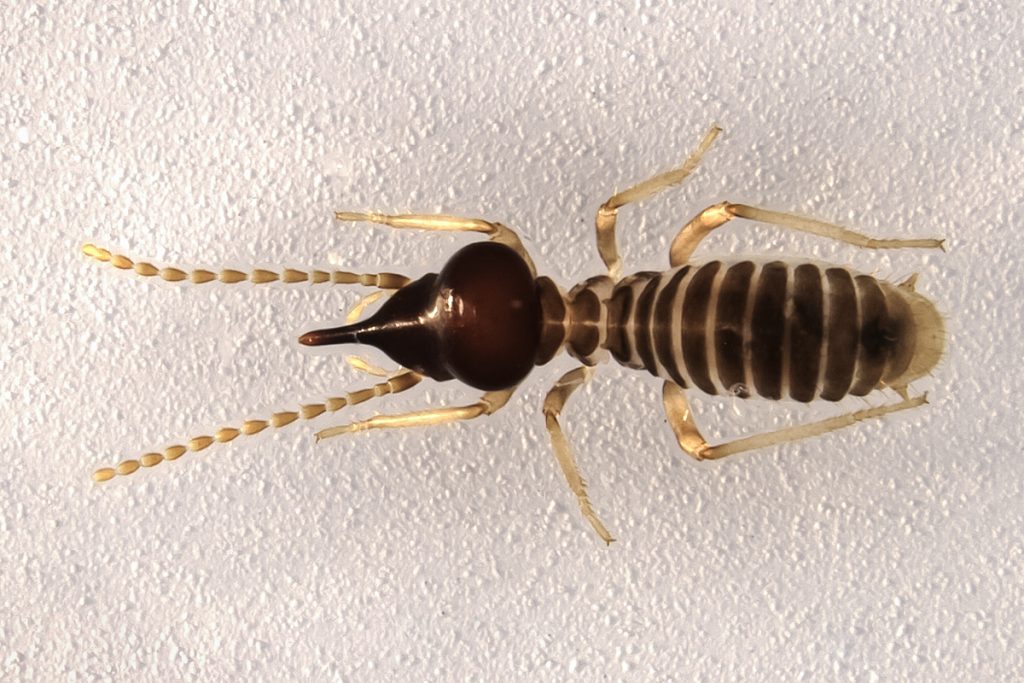Termites can be a menace for homeowners in Illinois. These tiny creatures can cause thousands of dollars in damages to homes if left unchecked. But what do you really need to know about termites in Illinois? In this article, we’ll uncover the facts about termite infestations in Illinois and what homeowners can do to protect their homes.
Types of Termites in Illinois
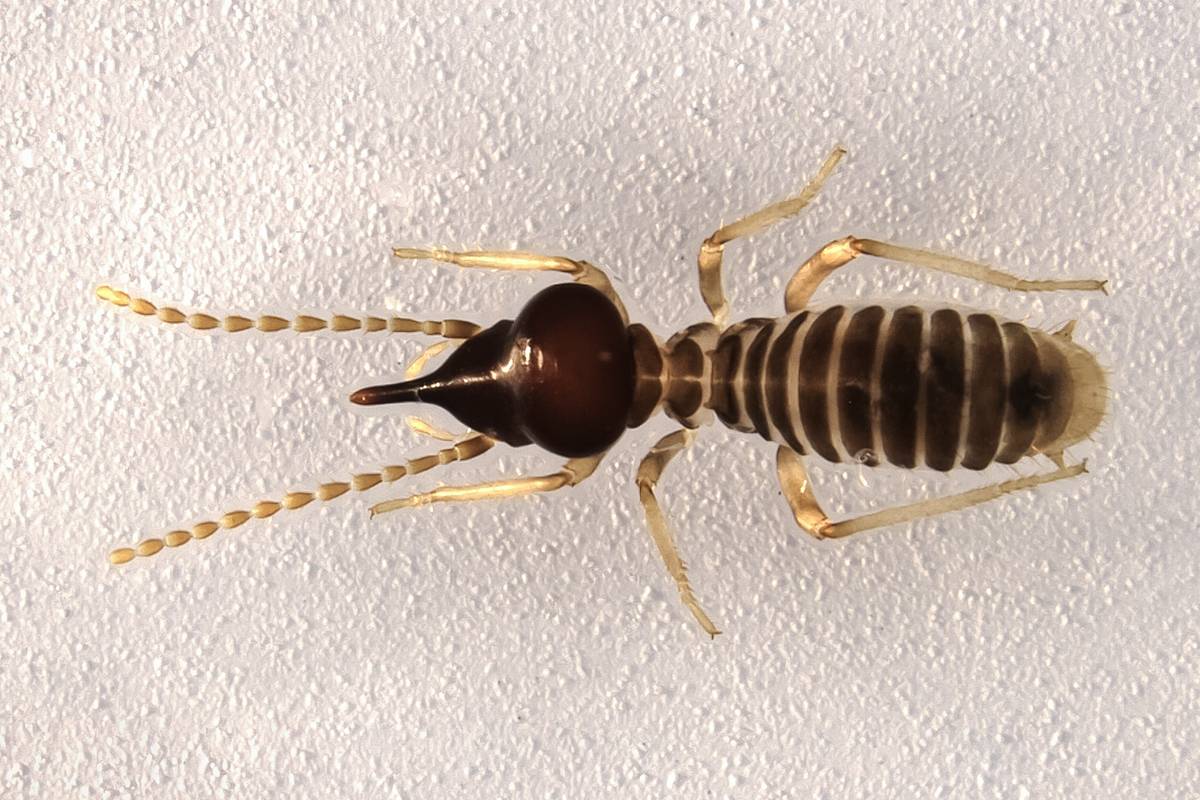
Illinois is home to three species of subterranean termites, Reticulitermes flavipes, R. virginicus, and Coptotermes formosanus. Reticulitermes flavipes, also known as the Eastern Subterranean Termite, is the most common species found in Illinois. These termites are a light yellowish-brown and have a small body with a straight antennae. Reticulitermes virginicus, the dark southeastern subterranean termite, is the second most common species found in Illinois. These termites are generally darker and have a larger body than Reticulitermes flavipes. Coptotermes formosanus, the Formosan subterranean termite, is the least common species found in Illinois. These termites have a large body and straight antennae. All three species are known to cause considerable damage to structures, and can be found throughout the state.
Signs of Termite Infestation
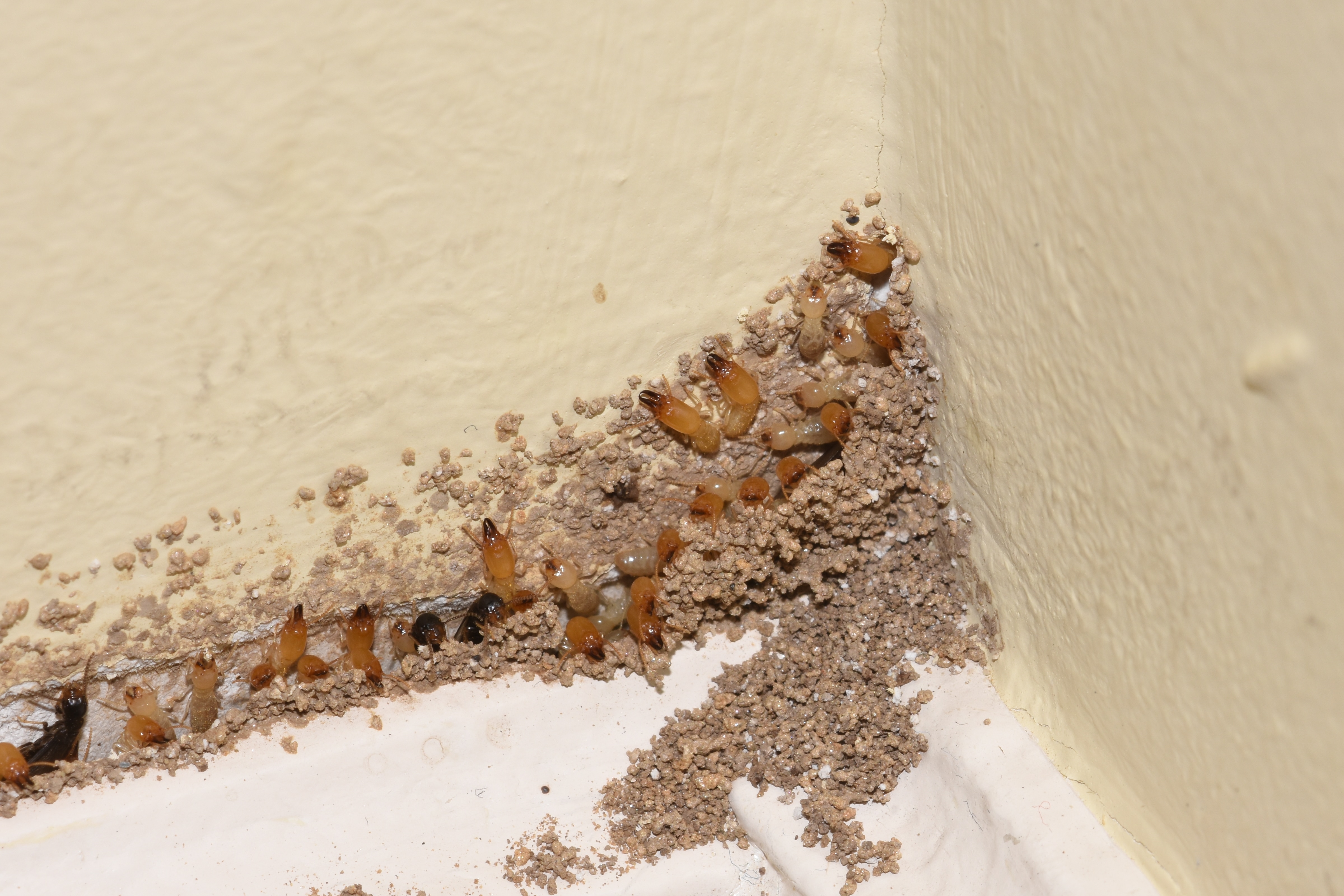
- Mud tubes on outside walls, foundation, or other areas of the home.
- Discarded wings near windows, doorways, and other potential points of entry.
- Piles of sawdust near wooden structures.
- Cracked or bubbling paint on wooden surfaces.
- Small holes in drywall or wood.
- Visible termites in and around your home.
Termite Control and Prevention
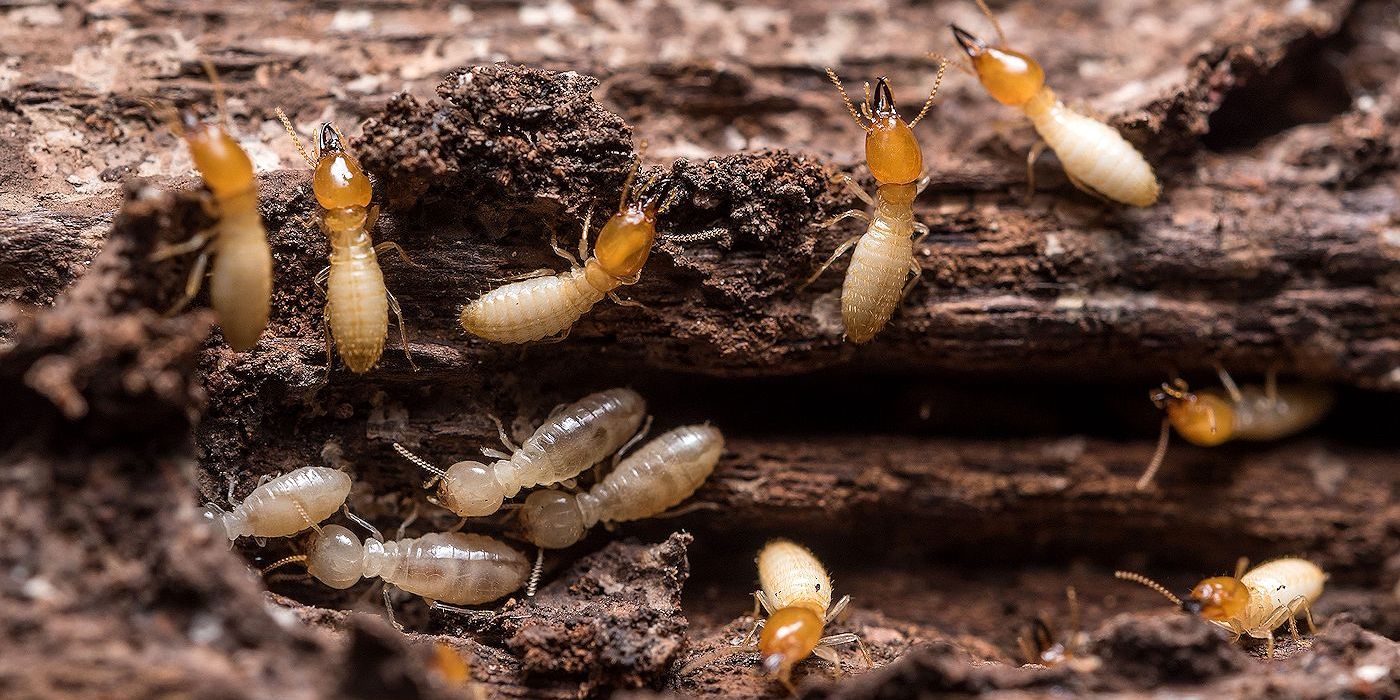
Illinois is home to several species of termites, including subterranean, drywood, and dampwood species. Subterranean termites can cause significant damage to structures and must be controlled through an integrated pest management (IPM) approach. IPM is an effective and environmentally sensitive approach to pest management that relies on a combination of common-sense practices.
The best way to prevent termite infestations is to reduce conditions that make a home attractive to termites, such as moist soil and wood-to-soil contact. Homeowners should inspect their homes annually for signs of termite infestation, such as mud tubes or wood damage.
Homeowners should also take measures to reduce moisture in and around the home. This can include repairing leaky faucets, fixing gutters, and replacing water-damaged wood. Other preventative measures include removing debris and wood mulch from near the foundation, and sealing cracks and crevices in the foundation.
Homeowners should also consider using termite baits or chemical soil treatments around the foundation of the home. Baits are placed in the ground and are designed to attract termites and then kill them. Chemical soil treatments are also available and are applied to the soil around the foundation of the home to repel and kill termites.
Finally, homeowners should consider hiring a professional pest management company to inspect and treat their homes for termites. A qualified professional can inspect a home and recommend the best control and prevention measures, as well as treat the home if infested.
Common Termite Species in Illinois
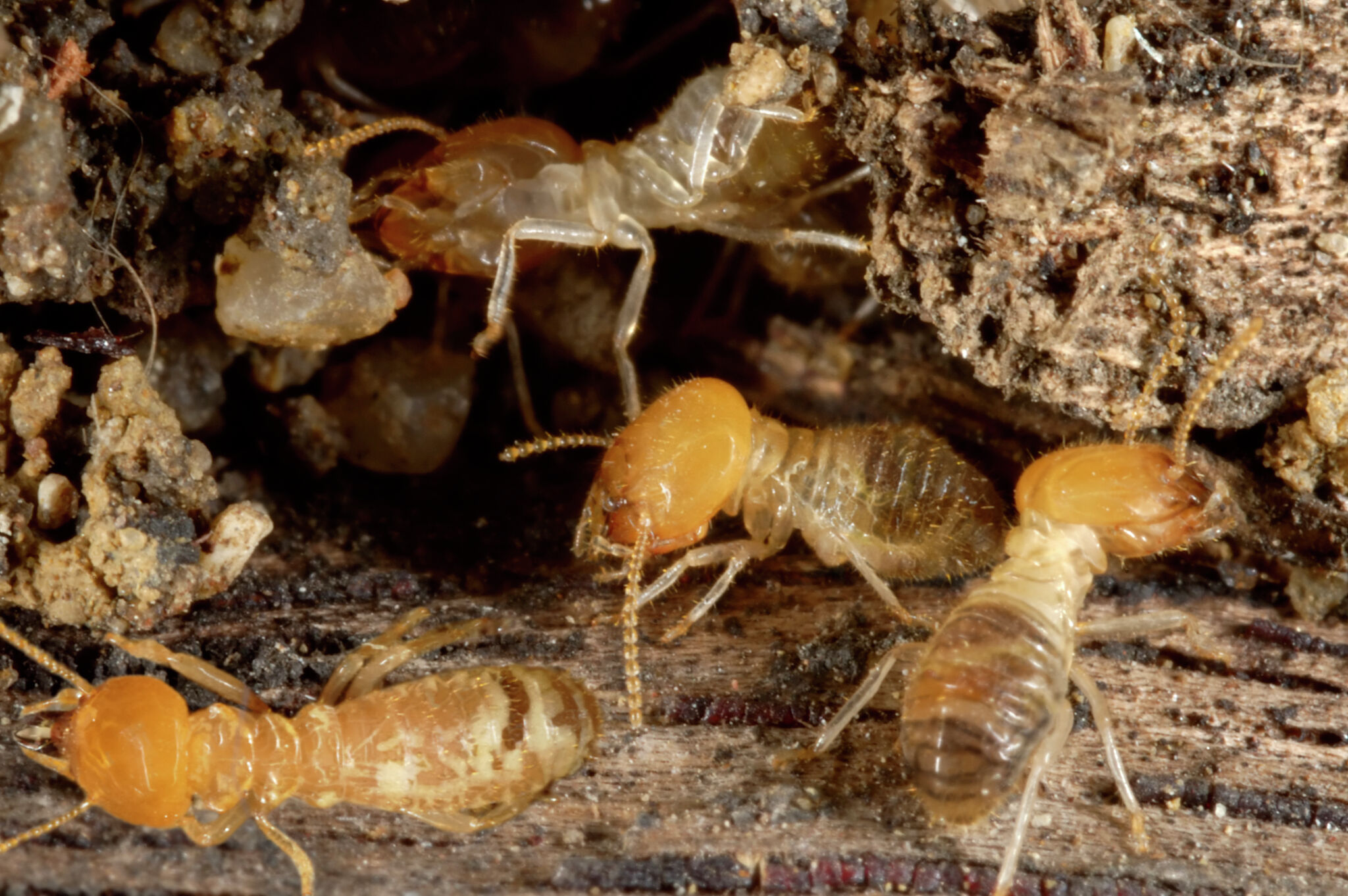
Illinois is home to five common termite species: the Eastern Subterranean Termite, the Formosan Subterranean Termite, the Western Subterranean Termite, the Drywood Termite, and the Dampwood Termite. The Eastern Subterranean Termite is the most common species in the state, and is found throughout the state. It is a wood-eating species that can cause serious damage to structures. The Formosan Subterranean Termite is also found in Illinois, but is not as common as the Eastern Subterranean Termite. It is an aggressive species that can cause significant damage to structures. The Western Subterranean Termite is found in the Chicago area, and is capable of causing significant damage to structures. The Drywood Termite is found in the northern part of the state, and is a wood-eating species that can cause serious damage to structures. The Dampwood Termite is found in the southern part of the state, and is a wood-eating species that can cause serious damage to structures.
Termite Damage in Illinois
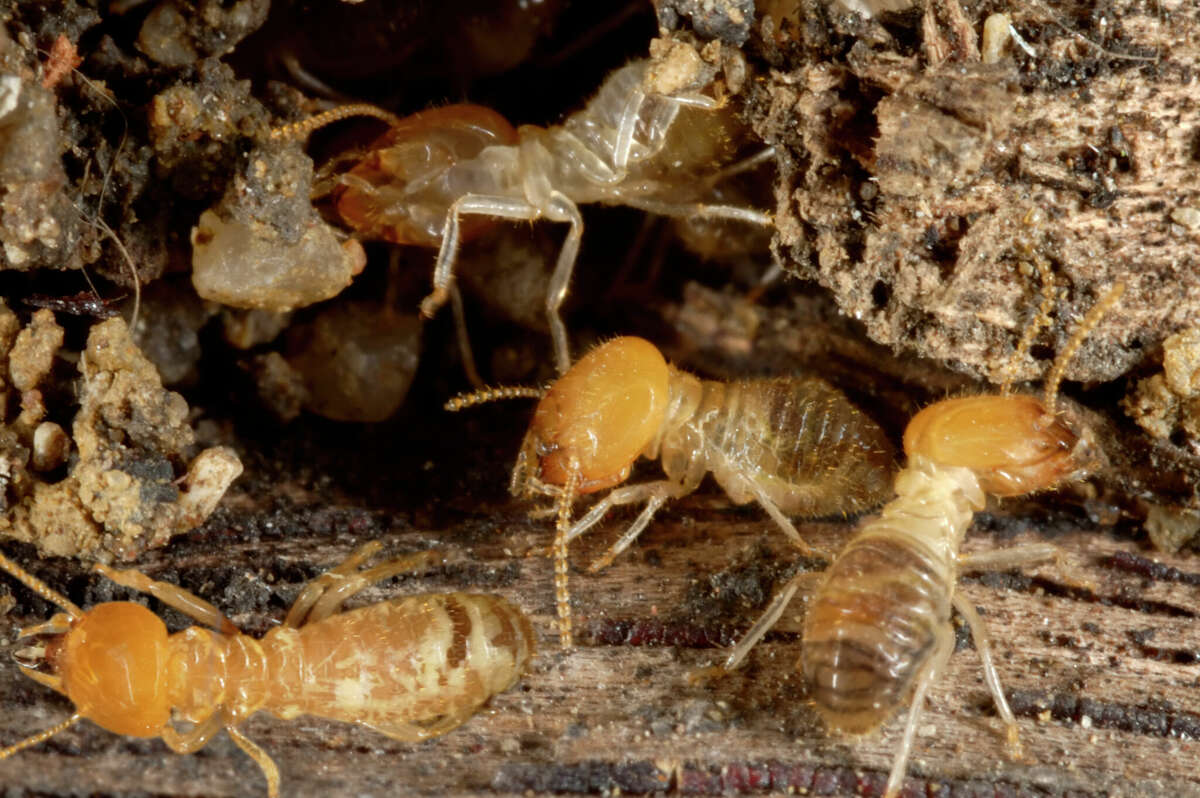
Termites are a major threat to homeowners in Illinois. Termites can cause significant damage to structures and property, resulting in costly repairs for the homeowner. The most common types of termites in Illinois are subterranean, drywood, and dampwood termites.
Subterranean termites are the most destructive and are responsible for most of the termite damage in Illinois. These termites live in underground colonies and can enter homes through mud tubes they build along the sides of foundations. They feed on the cellulose found in wood, paper, and other organic materials.
Drywood termites are found in attics, walls, and furniture. They can cause major damage to wood structures, but are not as destructive as subterranean termites.
Dampwood termites are found in moist wood, such as in wood that has been exposed to water damage. They cause the least amount of damage, but can still cause significant damage if left unchecked.
| Type of Termite | Common Location | Damage Potential |
|---|---|---|
| Subterranean | Foundations | High |
| Drywood | Attics, walls, furniture | Moderate |
| Dampwood | Moist wood | Low |
Termite damage can be costly to repair, so it is important to be vigilant in spotting signs of an infestation. Common signs of termites include mud tubes, wood damage, and swarms of winged insects. If you suspect you have a termite infestation, it is important to contact a pest control professional to determine the extent of the damage and to develop a plan for treating the infestation.
Termite Treatments in Illinois
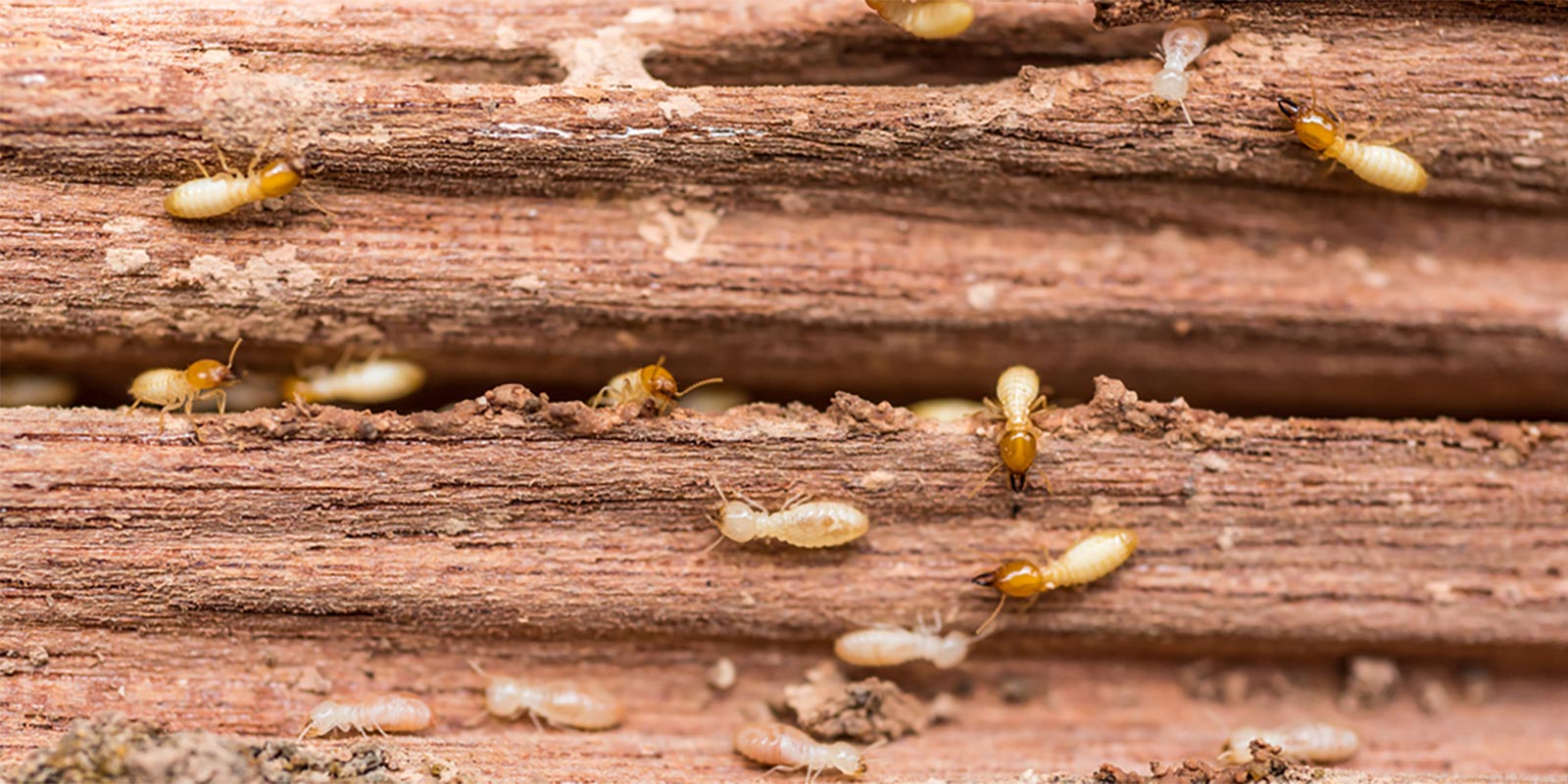
- Inspecting the home for signs of termite activity.
- Using a combination of chemical and non-chemical treatments such as baiting, drilling, and soil treatment.
- Using a chemical barrier around the perimeter of the home to prevent termites from entering.
- Replacing wood that has been damaged by termites.
- Installing a dehumidifier to reduce the moisture levels in the home.
- Regularly checking for signs of termite activity.
Cost of Termite Control in Illinois
| Type of Treatment | Cost |
|---|---|
| DIY | $50 – $100 |
| Professional | $1,500 – $2,500 |
The cost of termite control in Illinois will depend on the type of treatment you choose. DIY treatments, such as bait systems and spot treatments, will cost around $50 – $100. Professional treatments, such as fumigation and tenting, will cost between $1,500 – $2,500. The cost may also vary depending on the size of the area that needs to be treated and the severity of the infestation.
Hiring a Termite Control Company
- Research local pest control companies and check reviews
- Ask for a detailed inspection of the property
- Request a written estimate for the job
- Verify that the company is licensed and insured
- Find out what methods and products the company will use
- Ask about guarantees for their work
When dealing with termite infestations, hiring a professional termite control company is the best way to ensure the problem is properly addressed. Before hiring a company, it is important to do some research and compare different companies. Read reviews online to get an idea of the quality of work they provide.
Once you have narrowed down the list of companies you are considering, ask for a detailed inspection of the property. A good company will thoroughly inspect the area and provide a written estimate of the job. It is important to verify that the company is licensed and insured before hiring them.
Find out what methods and products the company will use to get rid of the termites. This can include baiting, fumigation, or liquid treatments. Ask about any guarantees they offer for their work. A good company will stand behind their work and provide a satisfaction guarantee.
Frequently Asked Questions
1. What should Illinois homeowners know about termites?
Termites are a common pest in Illinois, as they are throughout the United States. They can cause thousands of dollars in damage to homes and buildings, as they feed on wood and other organic materials. Homeowners should be aware of the signs of termite infestations, including wood damage, discarded wings, and mud tubes. Homeowners should also take steps to protect their home from termite damage, such as sealing cracks and crevices, properly ventilating crawlspaces, and maintaining good drainage around the foundation. Professional termite inspections should also be conducted regularly to identify any existing infestations.
2. Are termites more prevalent in northern Illinois?
Termites are found throughout Illinois, but there is an increased prevalence in northern and central Illinois. This is due to the higher levels of moisture and humidity in these regions, which are ideal conditions for termites. Additionally, these regions are home to higher numbers of older, wooden structures, which are more susceptible to termite infestations.
What signs should I look out for that might indicate a termite infestation?
Swarms of winged termites, mud tunnels, wood damage, and discarded wings are all signs of a possible termite infestation. Wood that is sound may be damaged from the inside out, leaving a thin layer of wood on the surface. Additionally, termites typically leave behind a papery texture in the wood they consume.
4. What are the most effective methods of termite control in Illinois?
The most effective termite control methods for Illinois typically involve inspecting for and removing any existing infestations, implementing preventative measures, and regular monitoring. This includes inspecting for visible signs of termites and their damage, eliminating any sources of water or moisture that may attract termites, sealing up any entry points, and making sure to remove any dead wood from the property. Professional pest control services may also be necessary to ensure complete removal and prevention of future infestations.
5. Are there any preventative measures I can take to protect my home from termites?
Seal cracks and gaps in the foundation of the house and around windows and doors. Repair damaged wood, replace rotten wood and clean out gutters, to prevent excess moisture. Remove any wood debris or mulch near the foundation of the house. Install a termite shield or barrier between the soil and the foundation. Regularly inspect the home for signs of termite activity.
Conclusion
Termites are a serious problem in Illinois and can cause extensive damage to wood structures in homes. Homeowners should be aware of the signs of an infestation and take steps to protect their property from termite damage. Homeowners should contact a pest control professional to inspect their home and take preventive measures to protect their property from termites. By following the tips in this article, homeowners can help protect their home from termites and reduce the risk of costly repairs.

